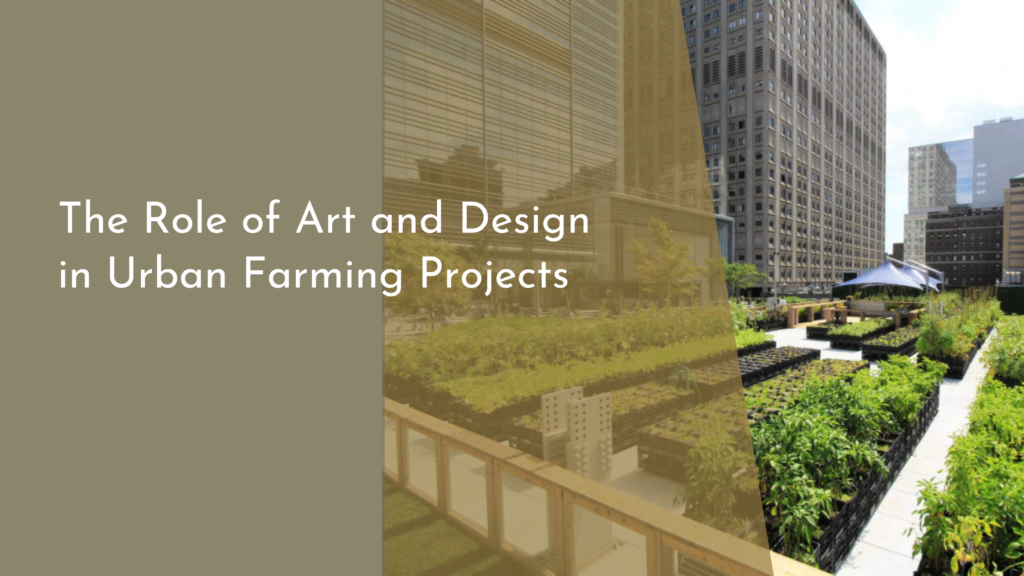Urban Cultural Preservation and Sustainable Development
Urban cultural preservation is a vital aspect of sustainable development that emphasizes the significance of maintaining historical and cultural heritage in cities. As urban areas continue to grow and evolve, it becomes increasingly important to celebrate and protect the unique stories, architecture, and traditions that shape urban identities. Sustainable growth not only focuses on economic and environmental considerations but also on preserving the cultural fabric that connects communities to their past while fostering a vibrant future.
In this article, we will explore how urban cultural preservation can lead to sustainable growth, balance modern needs with historical treasures, encourage community involvement, and implement innovative solutions for creating vibrant cities. By understanding these interconnected aspects, we can create urban environments that honor their heritage while embracing the opportunities of the future.
Celebrating Urban Heritage: A Path to Sustainable Growth
Preserving urban heritage is more than just protecting old buildings; it’s about celebrating the rich narratives that define a city’s character. Historic architecture, local traditions, and cultural landmarks contribute significantly to a city’s charm and appeal. By recognizing and valuing these elements, cities can attract tourism and investment, fostering economic growth while ensuring that the unique identity of the community is maintained. Furthermore, cultural heritage can enhance the quality of life for residents, providing a sense of pride and belonging.
Moreover, investing in preservation initiatives has been shown to yield long-term benefits. Sustainable development strategies that incorporate urban heritage can lead to improved social cohesion and community resilience. By celebrating local culture, cities can create platforms for artists, craftsmen, and local entrepreneurs, stimulating creative economies that contribute to sustainable growth. This approach not only preserves the past but also builds a strong foundation for future generations.
Balancing Modern Needs with Historical Treasures
As cities expand and modernize, it can be challenging to balance the demands of contemporary living with the preservation of historical treasures. Urban planners and developers must navigate the delicate line between innovation and conservation. Thoughtful design strategies can incorporate modern infrastructure while respecting the architectural integrity of heritage sites. This synergy allows cities to evolve without erasing the past, creating a unique blend of old and new that attracts residents and visitors alike.
Additionally, adaptive reuse of historical buildings presents an excellent opportunity for sustainable development. Instead of demolishing old structures, cities can repurpose them for contemporary use, reducing waste and resource consumption. This practice not only preserves the historical significance of the building but also revitalizes neighborhoods, making them more attractive for businesses and residents. By embracing both modern needs and historical treasures, cities can create dynamic environments that celebrate their heritage while meeting the challenges of urbanization.
Community Involvement: The Heart of Cultural Preservation
Community involvement is essential for the success of urban cultural preservation efforts. Engaging local residents in the decision-making process fosters a sense of ownership and responsibility towards their heritage. Community-led initiatives can uncover hidden stories, promote cultural activities, and organize events that celebrate local traditions. When people feel connected to their history, they are more likely to advocate for its preservation, ensuring that cultural values are passed down through generations.
Furthermore, inclusive community programs can bridge the gap between diverse populations within urban areas. By encouraging collaboration among various cultural groups, cities can develop a more comprehensive understanding of their collective heritage. This inclusivity not only strengthens community bonds but also enriches the urban cultural landscape, leading to a more harmonious coexistence of different traditions and experiences. Ultimately, it is the community’s passion and commitment that will drive the success of cultural preservation initiatives in urban settings.
Innovative Solutions for Vibrant, Sustainable Cities
The integration of technology and innovative solutions plays a pivotal role in the approach to urban cultural preservation. Smart city initiatives can leverage data analytics, augmented reality, and mobile applications to enhance the experience of cultural heritage. For instance, cities can create interactive tours that educate residents and visitors about historical sites while providing real-time information on events and activities. This technological engagement not only enhances awareness but also stimulates interest in the preservation of cultural assets.
Moreover, sustainable urban design incorporates green spaces and public art that reflect a city’s cultural identity. By integrating parks, community gardens, and art installations inspired by local heritage, cities can create vibrant public spaces that serve as cultural hubs. These areas encourage social interaction, promote well-being, and contribute to ecological sustainability. By investing in innovative solutions that celebrate cultural heritage, cities can create lively, sustainable environments that honor the past while looking towards the future.
In conclusion, urban cultural preservation is a cornerstone of sustainable development that enriches the identity and experience of city life. By celebrating urban heritage, balancing modern needs with historical treasures, involving communities, and embracing innovative solutions, cities can thrive while honoring their past. As we move forward in an ever-changing world, it is essential to carry forward the stories and traditions that define us, ensuring that our urban landscapes remain vibrant, inclusive, and culturally rich for generations to come.

